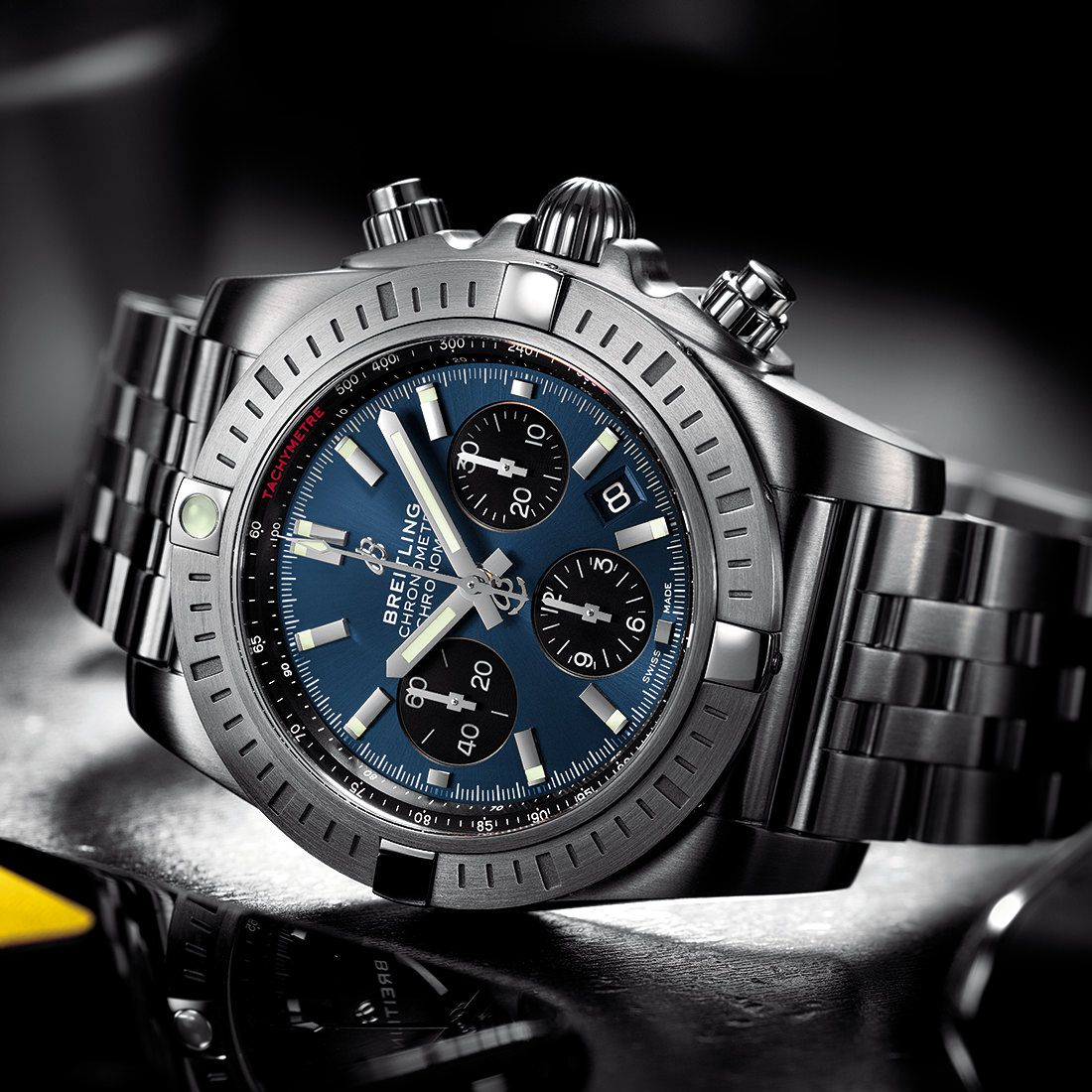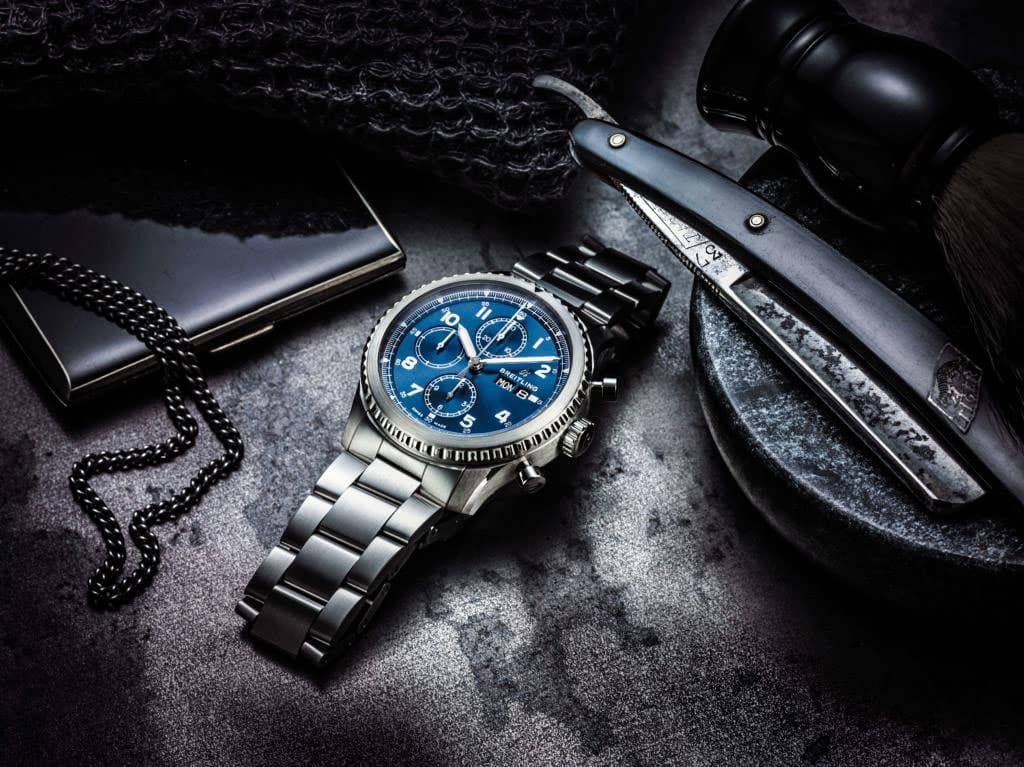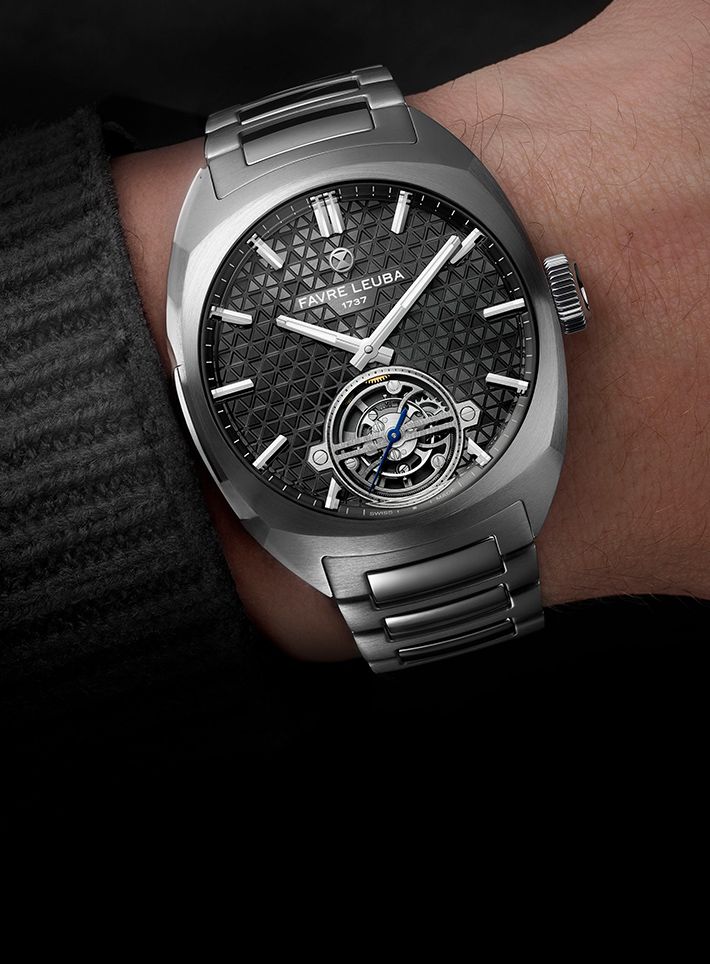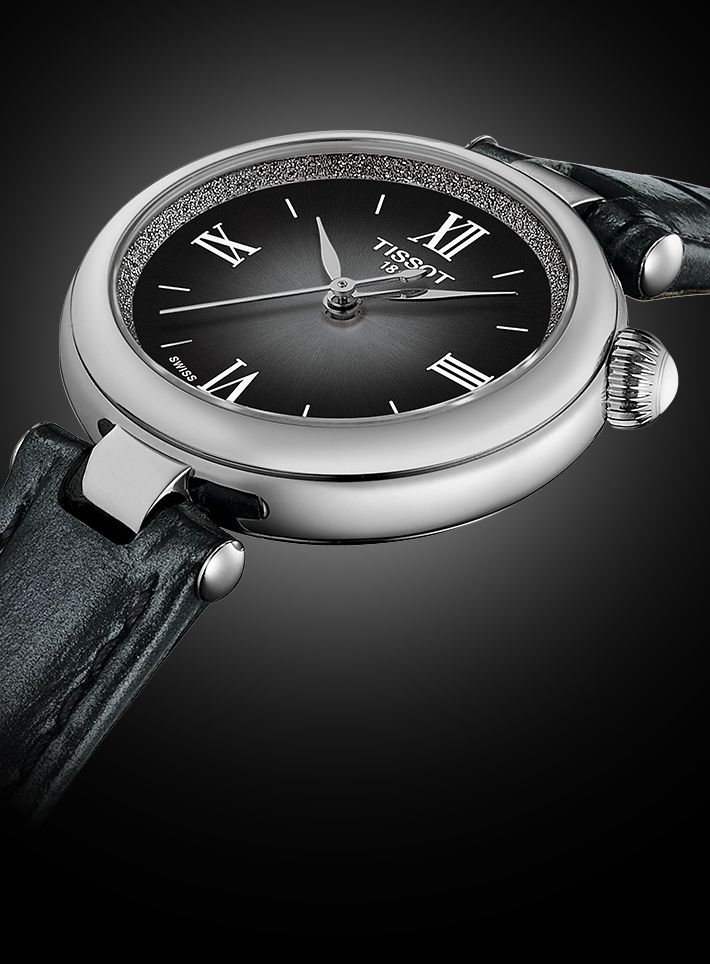Q&ABreitling’s Creative Director Talks Of The Brand Going Back To Its Golden Years
Under new leadership, Breitling has significantly shaken things up this year, but not without drawing heavily from the brand's glorious past. We found out how, on talking to the brand's new creative director, Guy Bove. Here are excerpts from the conversation we had
May We Recommend
This year, when it comes to Breitling, all everyone’s talked about is the change in the Navitimer. What led to the new design?
It’s not really a change; it’s an addition to the existing Navitimer line. It’s more like a prequel to the range. The Navitimer that you know is from 1952. And the Navitimer 8 is basically a reference to the cockpit clocks of the 1930s. The idea was to make our long-term customers aware of how far back our traditions go with aviation. The Navitimer 1 is more of a cerebral watch, with its slide rule.
What was the process of developing the Navitimer 8?
It’s inspired by a simpler time. Basically, the pilots needed to know what time it was, and they needed to be able to maybe mark the take-off time—for instance—so there was a turning bezel, with an arrow on it. The Navitimer 1 is for a pilot who has to plan a trip and can do the calculations required to make sense of the slide rule reading. The Navitimer 8, with a clearer display, is for a pilot who is flying a simpler plane with more demanding controls. At the same time, it’s very contemporary, even though it reflects the origins of our pilot watches and cockpit clocks.

In what other ways is Breitling evolving?
What we are aiming to do is to go back to the period between the ’30s and the ’70s, which is basically the period of Willy Breitling’s ownership of the brand. He made tool watches that were so elegant that they almost looked like dress watches. And that is the period that we want to recapture. You can talk about that for the products, you can talk about it for the logo. As you can see, the logo is missing its wings. The wings have gone. We’ve gone back to a design similar to the 1940s logo, where the dials were much cleaner, where you could really feel this sense of elegance. So, we’ve taken away the heavy aviation elements such as a lot of text on the dial. Even the Superocean Heritage has less on the dial now, but it’s still a similar design. These are all really just facelifts. The colour schemes are very Breitling. We should quickly be able to brand all the products with a similar look and feel.

So will all the brand pillars see a similar evolution? What is the strategy here?
We had 11 to 13 families of watches—Colt, Avenger, Chronomat, Superocean, Transocean, Chronoliner et al. There are problems with connecting all of them with planes. If you look at the Superocean Heritage, which is basically a diving watch, the communication is of a boat-plane. It’s water and air, but there’s still air. We are trying to go back to a time when Breitling was making diving watches, timing Tour De France, the Tour of Italy. We were linked with cars and race-car drivers, actors, etc. We had a lot of touch-points among cool people, among professional sportsmen, and we want to go back to that. We don’t want to get rid of aviation, but we want to bring back the land and sea and the overall spirit of cool, elegant sports watches. So, we’re cleaning up the product collection. Essentially anything to do with water will come under Superocean, aviation under Navitimer and driving or biking under Transocean. We’re fusing our Colt, Chronomat, Avenger, and Super Avenger in a combined Chronomat family. The idea is to make contemporary sports watches that are easy to read as pilot’s watches, as water resistant as diving watches and basically tough, go-everywhere, everyday watches.

With all of this, how does Breitling continue to stay true to its DNA?
Everything that’s changing is considerably different from the immediately previous Breitling, but it’s all true to what Breitling originally was. If you walk into the brand’s boutiques, you’ll feel the link of the early industrial inspirations, yet if you compare it with a 1950s boutique, it’ll be quite different. You can feel the heritage, but everything is being done in a way that suits the current generation.
Yet, Breitling has received criticism from several fans of the brand.
It depends on what you mean by fans. Are these the fans of the brand’s last 40 years, or the fans of the brand’s original 100 years? In going back to the brand’s past, we are taking elements of inspiration from older watches. In today’s world, you don’t really need a watch, right? You have the time everywhere. If you’re buying a watch, you’ve decided to invest in one. With an investment like a luxury watch, people spend hours Googling it and knowing it completely before buying it. When you see today’s Breitling and the Breitling of 1960, you’ll immediately understand the connection, and I think it will actually create great value for the brand. There was a time when Breitling was a very contemporary brand and worn by the likes of Miles Davis, and Raquel Welsh, and all kinds of people, because it was a super-cool brand. There were several kinds of watches and even ladies’ watches. And to say that we’re not being true to the brand is not fair. We’re being truer than ever.

indicator of the watch housing a manufacture movement.”
How have your past experiences in the industry informed your work on Breitling?
When I finished design school, my first job was with an agency, designing for the watch industry, and I learnt a lot about design and watches, but also about points of sales, materials, print—things necessary for luxury brands. One of our customers was a guy called Georges Kern, who was working at Richemont Group. In 2002, he became the CEO of IWC and he hired me to set up an in-house creative team. I worked with him for six years, got to know him, the way he thinks, what he looks for and I understood instinctively the kind of design he would be happy with. Luckily all these things worked for me. We understand each other quite well. I also spent almost 10 years with the Chopard Group, as a product director, not as a creative director. And I learnt a lot obviously about designing, but also making products that are feasible. So that’s how I learnt what I could do with watches, and how to design something that could be produced, which is also useful. At IWC, I handled the whole brand—print, product, packaging, points of sale, etc. That’s obviously been very useful these last few months working again with Georges.
What’s the craziest creative idea you’ve had that may or may not ever get executed at Breitling?
I can’t tell you specifically, because then I would have to kill you! … But, I’m always trying to imagine how far we can push any of our product ranges and still legitimately be able to call it by its name and have people make the connection. And I think it can be pretty far.







